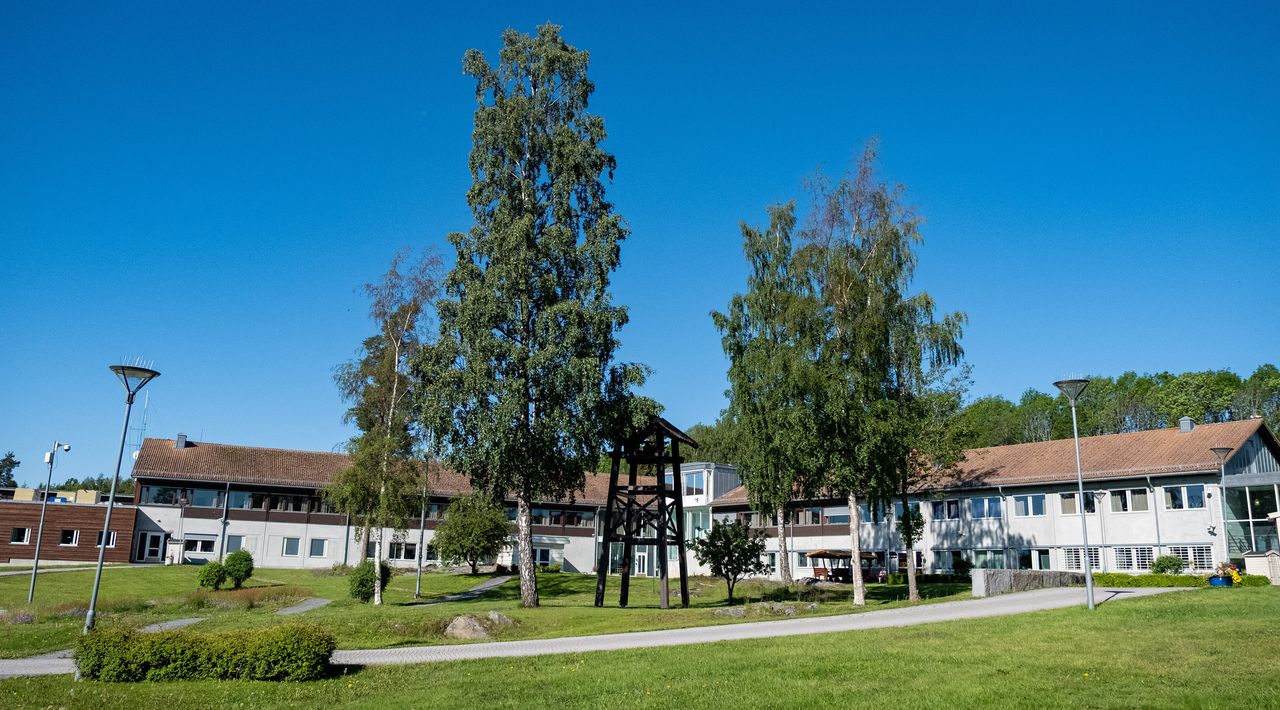RINGERIKE, Norway ― The bedroom, off a light-filled corridor, is small but not cramped. It houses a single bed, a desk, wardrobe, TV and a small bathroom. The window looks out onto a grassy hill. Outside the door, there’s a kitchenette, where a bread knife hangs from a loop of string affixed to the wall. A long dining table is scrubbed clean, and a couple of shabby but comfortable-looking sofas have been arranged in front of a TV. The faint smell of stale cigarette smoke lingers in the air.
The space has all the appearance of a college dorm; only a cluster of uniformed officers in a glass-walled office at the end of the hallway gives it away.
This is a wing of cells at Norway’s Ringerike Fengsel, a high-security prison 40 miles outside the capital city Oslo. The squat building set within a grassy plot dotted with tall trees and cut through with winding pathways is surrounded by quiet, punctuated only by the sounds of seagulls.
This peaceful setting, the home comforts, the easily accessible knives are a far cry from the harsh steel and concrete standard in the American prison system.
“It’s like Disney World compared to our prisons,” said Donna Virgilio Mattia, a parole agent at Pennsylvania’s SCI Chester, a medium-security state prison just outside Philadelphia that houses 1,270 men.
She, along with 13 other officers and administrators from SCI Chester and six researchers, have come to Norway to learn lessons from the country widely considered to have the best correctional system in the world.
Recidivism rates in Norway are among the world’s lowest. Around 20% of those released from prison are arrested within two years. In the U.S., about 68% of released prisoners were arrested within three years.
The gap between the two countries narrows significantly when you look only at reincarceration (and ignore arrests) — Norway’s rate is 25%, compared with 28.8% in the U.S.
But there’s another important statistic to take into account: The percentage of the total population each country puts behind bars. While America jails 665 of every 100,000 residents, Norway’s rate is less than a tenth of that ― just 63 of every 100,000.
These impressive figures are part of the reason that U.S. prisons and state correctional departments, from North Dakota to Oregon (and now Pennsylvania), have sent delegations to Norway to understand its success. And they’re bringing back the lessons to American prison yards, as reform of the country’s broken criminal justice system increasingly becomes a national talking point.

Norway’s prison system wasn’t always held up as a shining light. It long operated under the same principles as America’s, emphasizing punishment and security. But challenges inside prisons, such as violence, drugs and high recidivism rates, combined with political pressure to solve these problems, pushed the country to reevaluate.
In 1998, Norway made a sharp shift away from retribution to focus on rehabilitation. A further shift in 2007 saw a new emphasis on helping inmates find jobs and homes even before their release.
The principle behind these changes is simple: Taking away someone’s freedom is the punishment; prison itself needn’t be cruel and it shouldn’t be if we want to release good neighbors back into the community. In fact, Norway seeks to make the experience as normal as possible.
Sentences are short, averaging eight months. (In 2016, the average time served by state prisoners in the U.S. was 2.6 years.) There are no life sentences. Inmates keep the same rights as any other citizen. Prisoners can vote, for example, even while in prison.
“We can’t choose who we want to treat with kindness and who we want to treat harshly,” said Tone Gran Myhte, a regional prison adviser who works with Ringerike. “The judge has already said what he means and what he feels, and the punishment has been dished out. We’re here to rehabilitate, we’re not here to punish.”
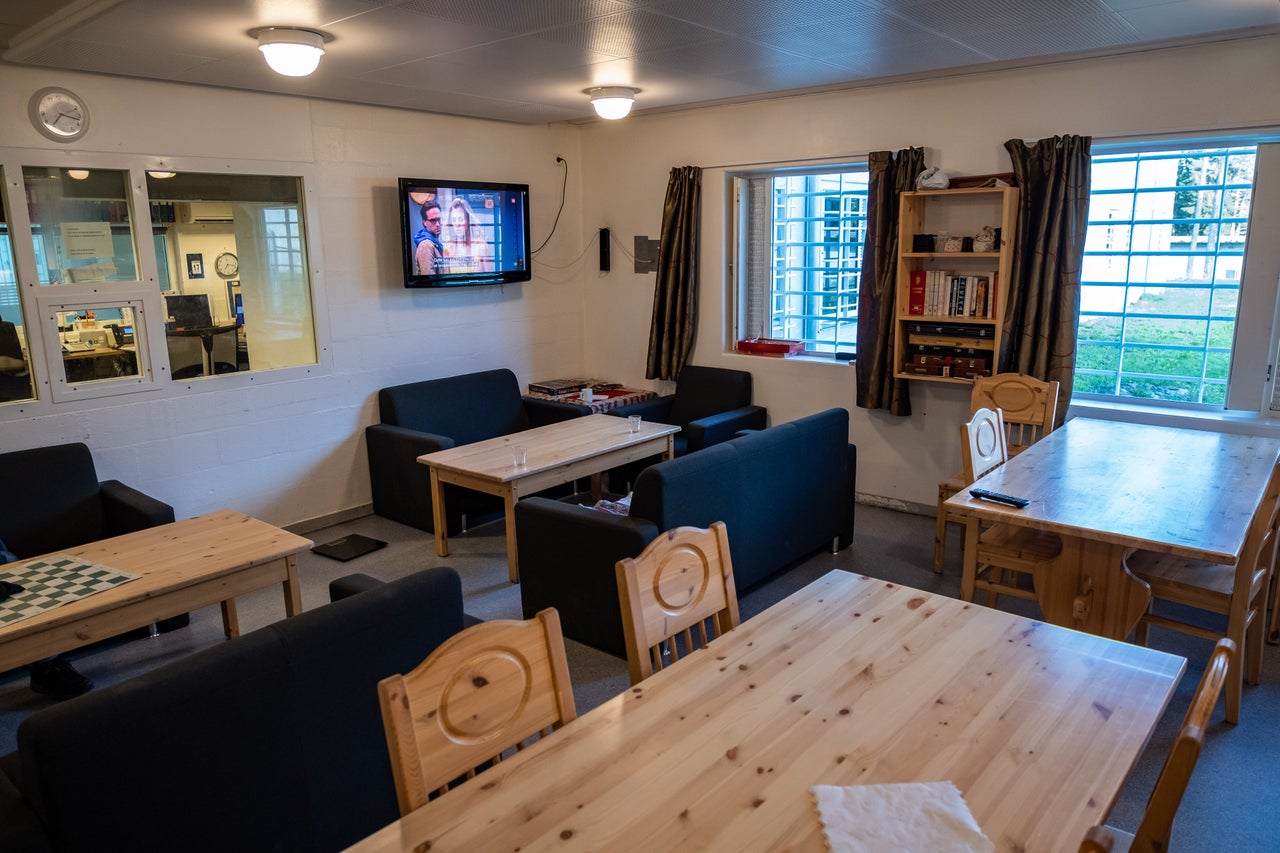
To achieve this, Norway operates a strategy called “dynamic security,” which encourages positive interactions between prisoners and staff to build a more respectful, and therefore safer, environment inside the prison.
It’s markedly different from the security approach in the U.S., which is focused on keeping order through punishment and actively discourages interaction between staff and inmates. “The perception from the public [in the U.S.] is: ‘You pay for your crime and you should live in horrible conditions because of what you did to my loved one,’” said Mattia.
Norway also seeks to keep inmates connected to the outside, importing services like health and education from the community. The aim is to connect prisoners with services they will use when they’re released and link the community with the prisons ― demystifying and destigmatizing them.
Ringerike brings in teachers from the community to run its programs ― from education, to parenting to woodwork (some of the prisoners’ creations are sold to the public in a shop just outside the prison walls).
Trym, an inmate awaiting sentencing for robbery, is enrolled in one of the prison’s study programs, trying to finish his high school qualifications. Wearing a baggy T-shirt, loose shorts and a backward green baseball cap, he looks more like a high school student than a 26-year-old prisoner. He served three years for drugs and kidnapping when he was 19. Now he’s set to serve just under two years. But this time – with a child waiting for him at home – he’s determined will be his last.
The education program Trym is on at Ringerike will help better equip him for working once he’s released, he said. In six months he wants to transfer to an open prison ― which give inmates much more freedom ― where he can get permission to take a job outside the prison walls.
Trym acknowledged that, as a repeat offender, he wasn’t the best example of the success of Norwegian prisons, but said he believes they work. “They’re like a hotel.” he said, “But still they take your freedom, that’s what matters.”
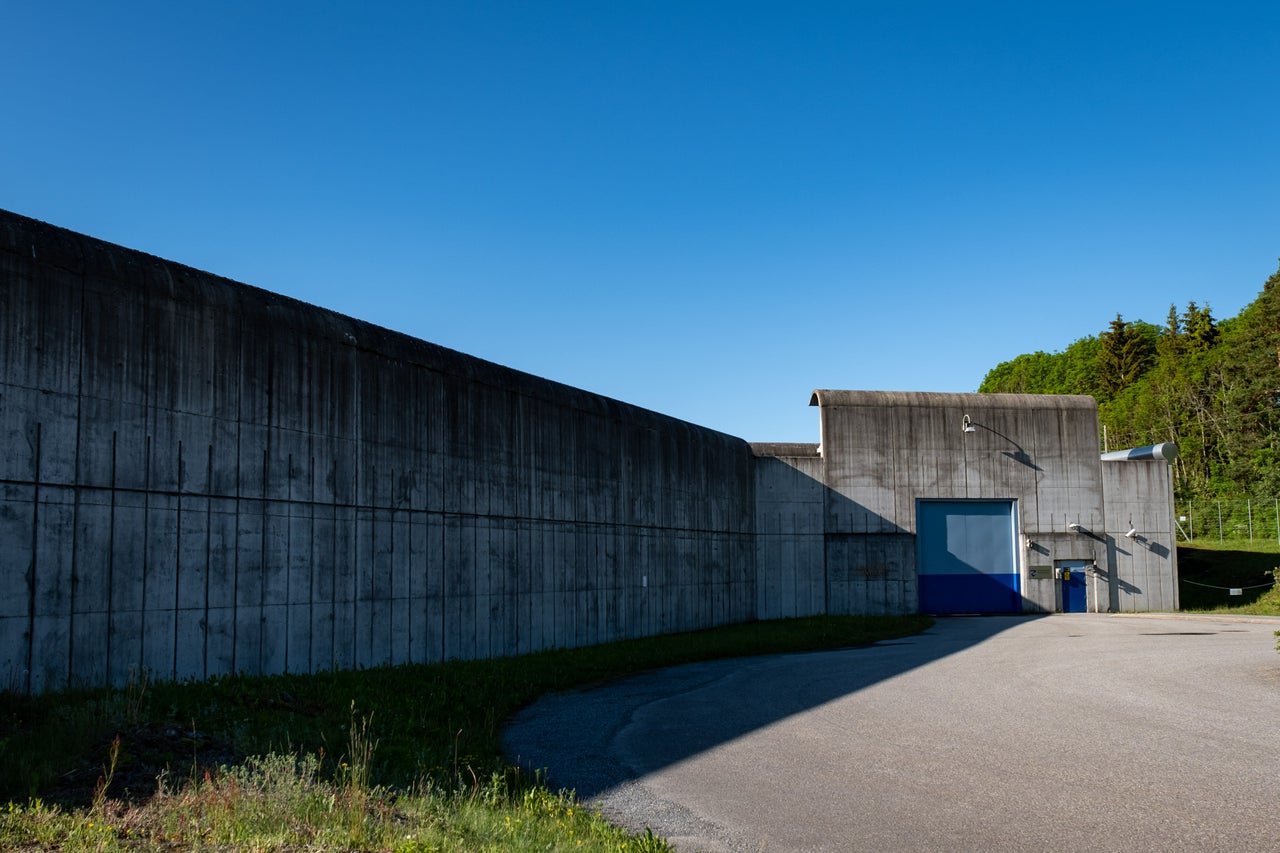
Donald Specter, executive director of the nonprofit law firm Prison Law Office, was shocked at what he saw when he toured a handful of European prisons in 2011. “They were clean, they were run humanely, there were a lot of programs. The emphasis was on how you get out, not punishing you while you were there,” he said.
He decided to organize trips for American prison administrators, politicians and legislators, in the hope that their perspectives would be equally transformed. John Wetzel, secretary of the Pennsylvania Department Of Corrections, was on the first one.
“I was very skeptical to tell you the truth,” said Wetzel. “This is all I have done my whole life, since I was 20 years old.” What could another country teach him? But he, too, was amazed by a criminal justice system that “was clearly focused on reducing criminal behavior in the least damaging way we can.”
Wetzel’s conversion led him to the door of SCI Chester Superintendent Marirosa Lamas, to ask her and her staff to go to Norway for three weeks. “I thought what would really be impactful,” said Wetzel, “is to send a group of staff to have this transformation and then empower them [to make changes].”
Lamas embraced the idea and a plan was formed: Send out boots-on-the ground staff from SCI Chester, give them a tour of Norway’s prisons, then set them to work. Divided between three prisons, each officer spent two weeks working shifts alongside a Norwegian mentor. Back in the U.S., they will implement lessons they learned in a small housing unit at SCI Chester.
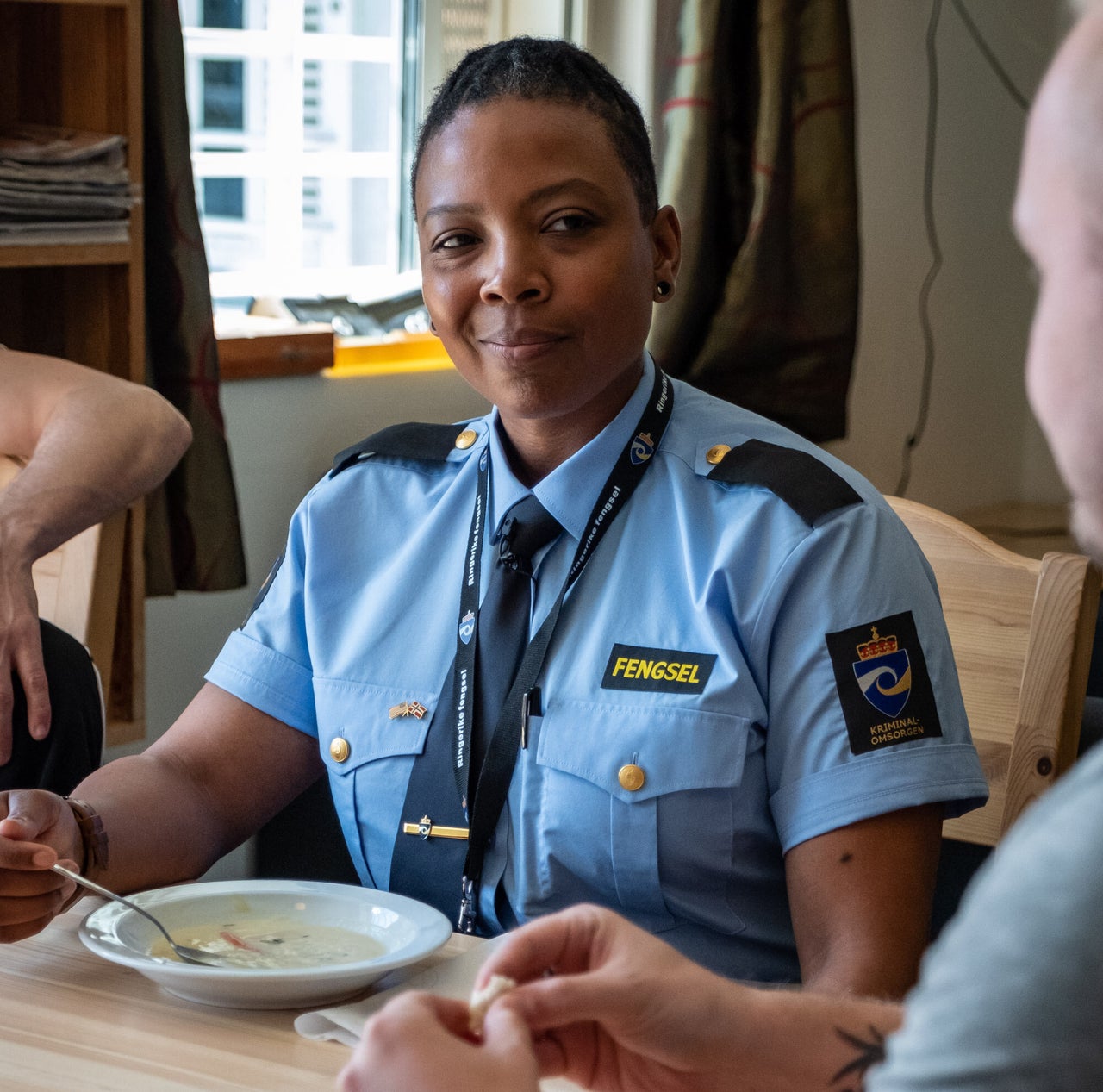
For the officers, the experience was a culture shock. What Turquoise Danford found strangest was the morning wake-up routine.
At SCI Chester it’s loud, there’s yelling, and inmates must be standing by their doors at 6:15 a.m. for counts and cell checks. At Ringerike, “they go to each door and say ‘good morning.’ It’s just that simple,” said Danford. “It almost reminds you of your mother waking you up as a small child.”
For her colleague Matthew Tompkins, the aesthetics of the prison hit him first. “The design, the materials used, the green spaces, the very stark contrast to the cold concrete and metal, institutional feel of the prisons we have back home.”
“I’d never really looked at my job as an opportunity to change somebody’s life”
Then he noticed the mindset differences — the way staff interacted with the inmates. “Everything stems from there,” Tompkins said. “The humanity, the normality and the security, even. Although some may see it as counterintuitive, I think it’s kind of common sense that the more personal you are with somebody, the better you know somebody, the safer you’re going to be with them.”
What truly upended his thinking was how Norwegian officers saw their jobs. “We feel we’re serving our communities by keeping these dangerous individuals enclosed from society,” Tompkins said, “and here, I think they feel like they’re serving their community, serving their society, by taking those dangerous individuals and changing them for the better. ... I’d never really looked at my job as an opportunity to change somebody’s life.”
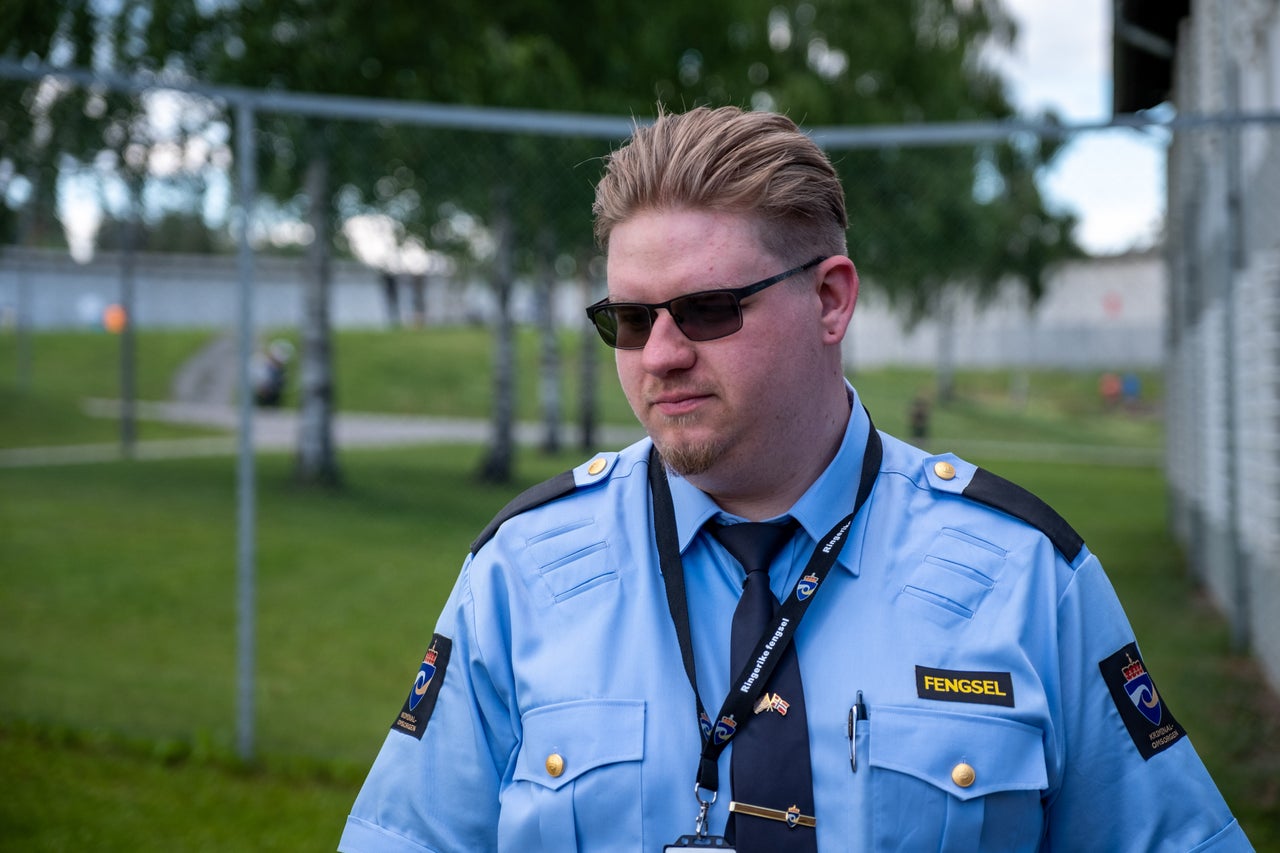
It all sounds utopian. Surely it could never work in America, with its heaving prisons and stretched correctional budgets. Right?
It’s certainly easy to dismiss the model as something rooted in a culture and context very different from those of the U.S.
Norway, a fairly racially homogenous country of 5.2 million people, has a prison population of fewer than 4,000. The U.S. has nearly 2.3 million behind bars – around 50,000 of whom are incarcerated in Pennsylvania – with Black prisoners disproportionately represented.
Norway also benefits from relatively bigger correctional budgets. Pennsylvania spent $42,727 per inmate in 2015. At Halden in south Norway, widely considered to be the most humane prison in the world, the budget is more than $120,000 per inmate. Norway has pretty much the same number of correctional officers as prisoners, and these officers must study for at least two years before they’re unleashed on the job, compared to around seven weeks of orientation and classroom-based training for U.S. officers.
But the two countries also face many of the same challenges. “We have inmates who are very dangerous for society, and for us as staff and officers,” said Erik Bergstedt, the governor of Ringerike. Substance abuse and mental health conditions are disproportionately high among Norway’s prisoners.
Many of Norway’s interventions, Bergstedt argued, are not so much about cost as about a change in approach. “We need to try to meet them with things other than cells and batons,” said Bergstedt. “We need to meet them with human contact and understanding.”
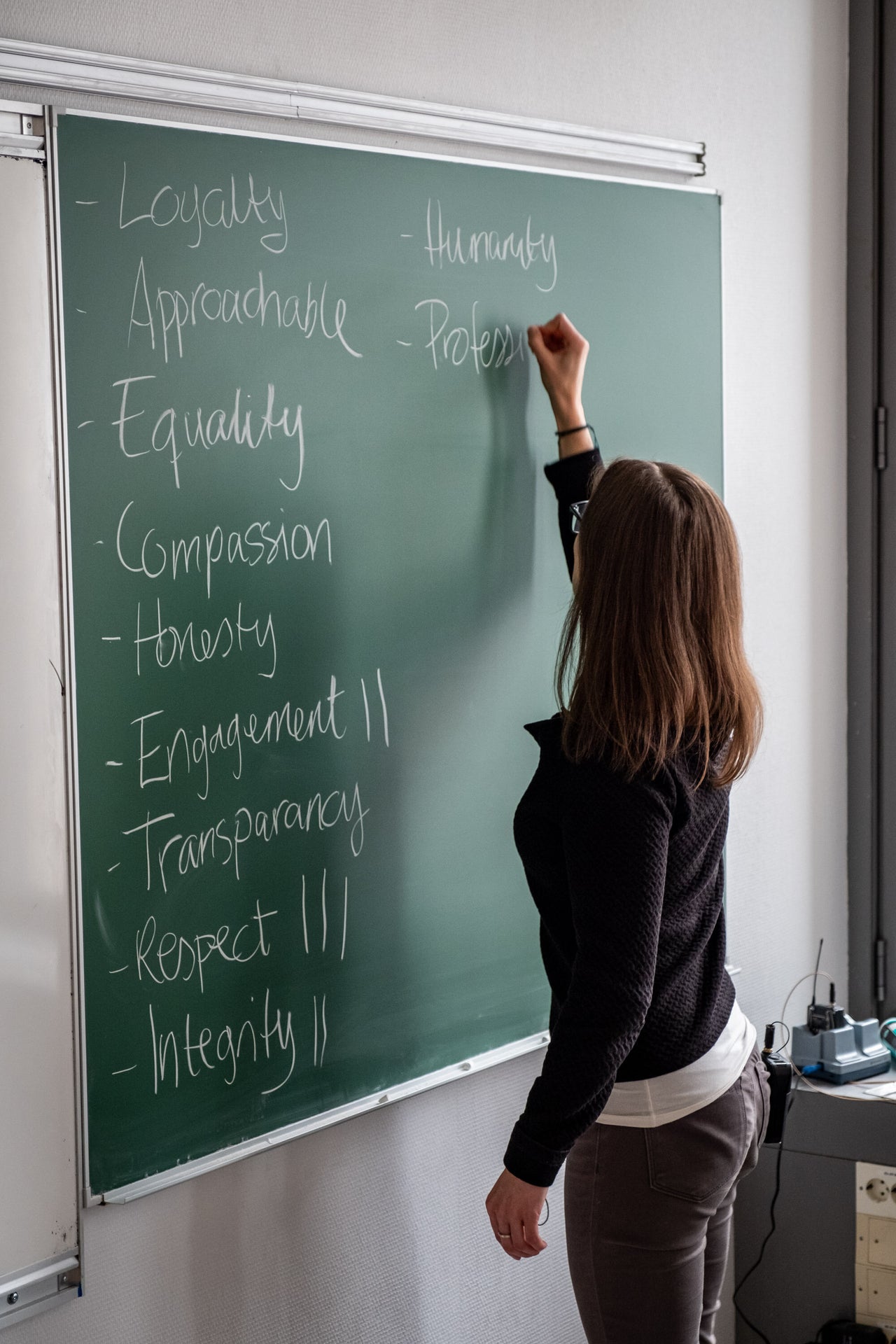
There’s nothing in court orders that tells prisons to inflict punishment or cause pain, said Leann Bertsch, head of North Dakota’s Department of Corrections and Rehabilitation. “So I don’t know how over time we thought that treating people like animals or less than human was part of our mission.”
Bertsch, along with Karianne Jackson, then the state’s director of correctional practices, toured Norway’s prisons in 2015. As a result of their trip, the state has cut the use of solitary confinement and is trying to ditch the heavy rule book, which includes punishments for minor infractions such as an untucked shirt or sharing toiletries. They have made visitor rooms more family-friendly, and organized barbecues and choirs to help prison staff bond and relax. In some facilities, residents are able to wear their own clothes and have private rooms.
For all the changes, however, Jackson said the progress has been too slow. “When it came to taking risks, I think that’s where the change came to a grinding halt,” said Jackson, who is now an independent consultant. More radical ideas like giving prisoners day passes to see their families have yet to happen, she added, and she believes concern about public perceptions is to blame. “I think it’s just fear. It’s scary to take the risk.”
Any move to make conditions in U.S. prisons more bearable and less punitive inevitably results in strong pushback. The arguments are well rehearsed. It’s not fair to the victims, and if prison is so nice, what’s the incentive to avoid it?
When I ran these by Marirosa Lamas, Chester SCI’s superintendent, her response was quick and ferocious. If prisons are only punitive and prisoners treated inhumanely, she said, “I challenge you as to what that person will be when they are released.”
“If I treat them poorly, there’s a really good chance that when he or she gets out there will be another victim.”
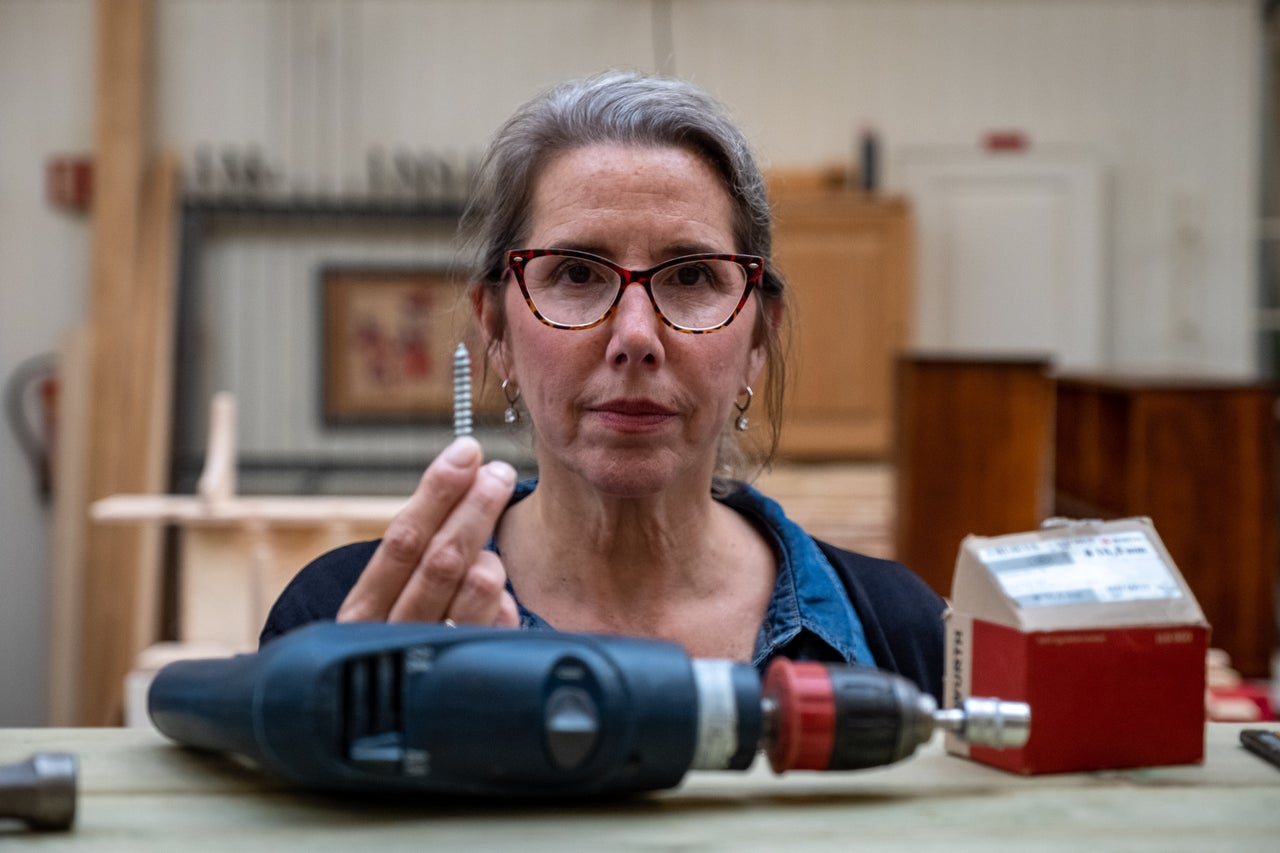
When it comes to accusations that humane prisons won’t act as a deterrent, North Dakota’s Jackson turns that logic on its head. “If a person’s life inside prison is better than how their life would be on the outside, that’s not a prison problem,” she said.
What often gets overlooked in the rush for retribution is that the environment within prison walls affects not just inmates, but also those who work there.
Corrections officers have higher rates of substance abuse, mental health problems and suicide. Last year, said Wetzel, there were eight suicides in his department. A 2018 study found that prison officers suffer from post traumatic stress disorder at the same levels as people in war zones, a rate six times higher than the general population.
“We have a real crisis,” said Wetzel, “part of that crisis is, I think, directly attributable to the environment inside facilities. Critics of this stuff often focus on stuff like, ‘Oh, soft on crime, hug a thug’ – all that crap. And the reality is, the staff who are working there are in that environment also.”

The Norwegian prison system isn’t perfect. At Ringerike, there have been incidents. A few months ago, on the corridor of cells I toured, an inmate threw boiling water and oil at another. And a correctional officer there said that tighter budgets have meant fewer programs and increased time pressures on officers.
But the overwhelming sense from the SCI Chester officers is that they see a system that’s getting it much more right than wrong.
There are already ideas for how Chester’s housing unit will change. Lamas said they’ll reduce the number of inmates in the unit from 128 to 64, they’ll put in kitchenette and they’ll let the men do grocery shopping together at the prison store. The full plan will be sketched out after the summer, when the officers have had time to digest their experiences from Norway.
The impacts will be monitored and measured by the two criminology academics who designed Chester’s Scandinavian trip: Jordan Hyatt, assistant professor at Drexel University in Philadelphia, and Synøve Andersen, an associate professor at the University of Oslo.
They’re not expecting results quickly. The obstacles are going to be huge. “They’re going to be swimming upstream against a correctional culture that has not embraced this model overall,” said Hyatt. Cultural change generally takes time, said Andersen, “But this is also about starting somewhere and seeing where you can go,” she added.
For the Chester officers, the trip has instilled a sense of excitement, that their little housing unit of 64, inside a prison of more than a thousand men, inside a prison system containing millions, could be the laboratory for a radical rethink of the way America defines criminal justice.
“I really hope that we find something that can improve the quality of life for the inmates and the officers,” said Danford. “And who knows, if it works on this tiny unit and what if it becomes infectious, could you imagine? It would be an awesome thing.”
Photos courtesy of Swedish Television SVT, which is producing a documentary about this project
For more content and to be part of the “This New World” community, follow our Facebook page.
HuffPost’s “This New World” series is funded by Partners for a New Economy and the Kendeda Fund. All content is editorially independent, with no influence or input from the foundations. If you have an idea or tip for the editorial series, send an email to thisnewworld@huffpost.com.
